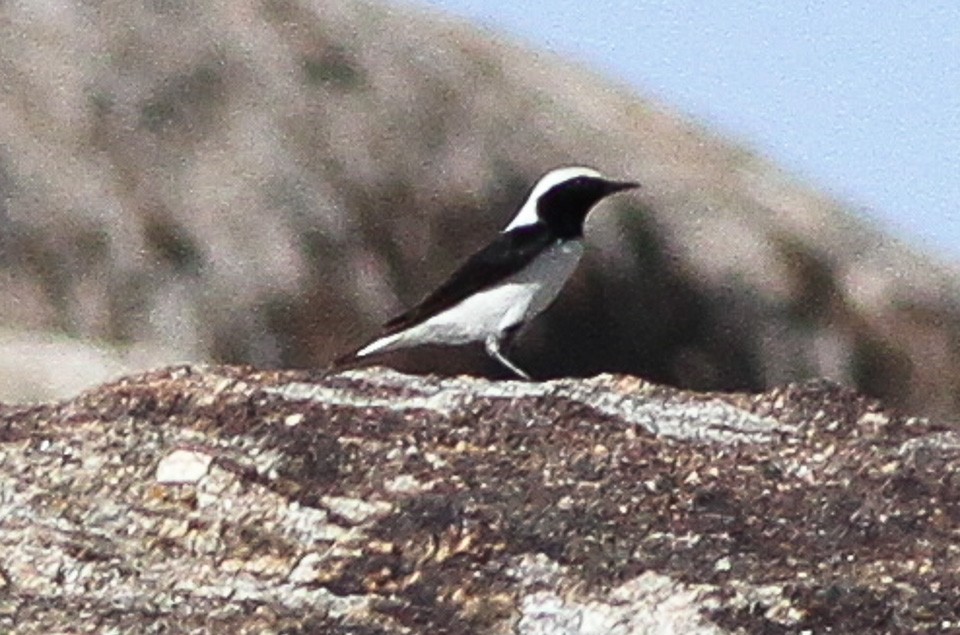Finsch's Wheatear
A species of Wheatears Scientific name : Oenanthe finschii Genus : Wheatears
Finsch's Wheatear, A species of Wheatears
Botanical name: Oenanthe finschii
Genus: Wheatears
Content
Description General Info
 Photo By Ron Knight from Seaford, East Sussex, United Kingdom , used under CC-BY-2.0 /Cropped and compressed from original
Photo By Ron Knight from Seaford, East Sussex, United Kingdom , used under CC-BY-2.0 /Cropped and compressed from original Description
Finsch's wheatear (Oenanthe finschii) is a wheatear, a small insectivorous passerine that was formerly classed as a member of the thrush family, Turdidae, but is now more generally considered to be an Old World flycatcher of the family Muscicapidae. This 15–16 cm long bird breeds in semi-desert and stony hillsides from Turkey east to Afghanistan and western Pakistan. It is a short-distance migrant, wintering in Egypt, Cyprus and the Greater Middle East. The nest is built in a rock crevice, and 4-5 eggs is the normal clutch. In summer the male Finsch's wheatear is a white and black bird. The white crown, central back and belly contrast with the black face, throat and wings. The tail and rump are white, with an inverted black T giving a pattern like black-eared wheatear, but with a uniformly wide terminal band. The female is brown-grey above, becoming dirty white below. The tail pattern is similar to the male's. Finsch's wheatear feeds mainly on insects. Its call is a whistled tsit, and the song is a mix of clear notes with whistles and crackling. The common name and scientific name commemorate the German ethnographer, naturalist and colonial explorer Friedrich Hermann Otto Finsch (8 August 1839 – 31 January 1917, Braunschweig). 
Size
14 cm
Nest Placement
Ground
Feeding Habits
Finsch's Wheatear's diet consists primarily of invertebrates like ants, beetles, and various insects, as well as seeds and other plant matter. They forage using a 'perch-and-pounce' technique from a vantage point before flying down to capture ground prey, and a 'bound-and-grab' method for chasing prey on the move. Their diet varies with local availability, but they are known to adapt their feeding strategies across different terrains and seasons.
Habitat
The finsch's Wheatear predominantly occupies semi-desert and dry, rocky habitats, including limestone canyons, ravines, and stony slopes with sparse vegetation. It is adapted to environments characterized by scrubby bushes, boulder-strewn slopes, and barren gulleys. Its preferred terrains include flat or gently sloping land with patches of low-growing steppe plants and areas of bare ground and boulder rubble. During winter, the finsch's Wheatear can be found in more open plains, occupying bushy hilly areas and rocky steppe regions.
Dite type
Insectivorous
General Info
Feeding Habits
Bird food type

 Photo By Ron Knight from Seaford, East Sussex, United Kingdom , used under CC-BY-2.0 /Cropped and compressed from original
Photo By Ron Knight from Seaford, East Sussex, United Kingdom , used under CC-BY-2.0 /Cropped and compressed from original Scientific Classification
Phylum
Chordates Class
Birds Order
Perching birds Family
Old world flycatchers Genus
Wheatears Species
Finsch's Wheatear